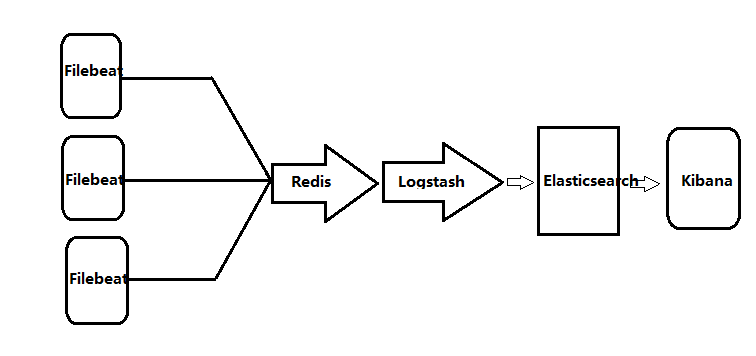
With more workloads moving into the cloud, it has become increasingly important to harness the ability to easily ingest cloud data in a scalable, reliable, and cost efficient fashion.

It enables applications to be run as functions on demand, further simplifying deployments when long-running infrastructure isn’t required, and potentially reducing operational cost with users only being charged when functions are being executed. To learn about customer base and understand Amazon S3 bill.Serverless computing, or Function-as-a-Service (FaaS), has been a trending architecture pattern in many cloud deployments, often as a complement to existing container, VM, and cloud infrastructures. Information can be useful in security and access audits. Server access logs are useful for many applications. Logging provides detailed records for the requests that are made to a bucket. The s3access dataset collects server access logs from Amazon S3.
Filebeats s3 how to#
To send server access logs to an S3 bucket, see How to enable server access logging. To enable S3 request metrics, see Create a CloudWatch metrics configuration. When you configure the AWS integration, you can collect data from as many AWS services as you'd like.įor step-by-step instructions on how to set up an integration, see the Getting started guide. If you want to collect data from two or more AWS services, consider using the AWS integration. Use this integration if you only need to collect data from the Amazon S3 service.
Filebeats s3 code#
Metrics collected by the S3 integration include S3 daily storage, S3 requests, the latency (elapsed per-request time from the first byte received to the last byte sent to an Amazon S3 bucket), the number of HTTP 4xx client error status code requests made to an Amazon S3 bucket, and more. Metrics give you insight into the state of different Amazon services. Logs collected by the S3 integration include the apparent internet address of the requester, the name of the bucket that the request was processed, and more. Logs help you keep a record of events happening in your Amazon services. The S3 integration collects two types of data: logs and metrics.

Please refer to the AWS integration for more details. IMPORTANT: Extra AWS charges on AWS API requests will be generated by this integration. Then you can alert the relevant project manager to any significant changes by email.

Filebeats s3 download#
Then visualize that data in Kibana, create alerts to notify you if something goes wrong, and reference logs and metrics when troubleshooting an issue.įor example, you could use this data to view access logs, the amount of data stored in a bucket, and the amount of data download requests. Use the Amazon S3 integration to collect logs and metrics related to the data stored in your Amazon S3 buckets. The Amazon S3 integration allows you to monitor Amazon Simple Storage Service (Amazon S3)-an object storage service. Quick start: Get application traces into the Elastic Stack.Quick start: Get logs, metrics, and uptime data into the Elastic Stack.See the integrations quick start guides to get started:


 0 kommentar(er)
0 kommentar(er)
